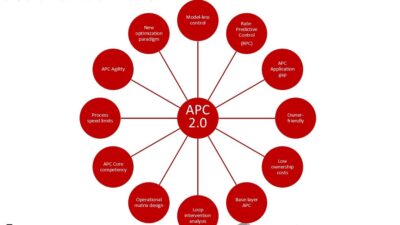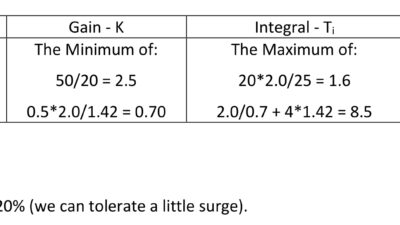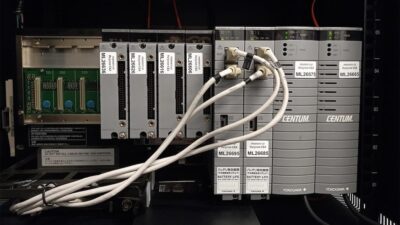Fiberglass, as its name implies, is made from extremely fine fibers of glass. As early as the 1890’s, experimental glass fibers had been created and found useful for their high ratio of surface area to weight. For example, blocks and bats of glass fiber trap air which is the basis for many types of thermal insulation.
Fiberglass, as its name implies, is made from extremely fine fibers of glass. As early as the 1890’s, experimental glass fibers had been created and found useful for their high ratio of surface area to weight. For example, blocks and bats of glass fiber trap air which is the basis for many types of thermal insulation. Fiberglass is manufactured through a complicated process where melted glass is extruded into a small column, and then spun into a “web” of a particular consistency. Modern fiberglass has been manufactured this way in commercial volumes since the 1930’s and is used most commonly for building insulation and special-purpose, heat-resistant fabrics.
The basic material of textile grade glass is crystalline silica, which has no true melting point but begins to soften around 2,000 °C (3,632 °F). To reduce the working temperature for manufacturing, impurities are added to the feedstock.
Fiberglass manufacturing often takes place in a direct melt process which begins with raw materials in solid form mixed together and melted at a temperature of approximately 1,260 °C (2,300 °F). The molten glass is then ready for extrusion through the bushing—essentially a large bowl outfitted with an electrically heated metal ring-shaped die at the bottom through which the molten glass flows–into a rotary spinner. The spinner then forms a web of glass in a manner very similar to the way cotton candy is made. To maintain the texture of the glass, and ultimately the quality and consistency of the resulting fiberglass, maintaining certain specifications is critical.
Controlling the rate of flow through the bushing and adjusting the width of the molten glass stream dictates how the glass is extruded into fiber. One company uses Opto 22 ’s line of Ethernet-based programmable automation controllers (PACs) and other control products as part of a machine vision system to regulate the melting, spinning, and most of its other fiberglass manufacturing process steps.
For example, the glass stream extruded through the bushing must emerge at a specific flow rate to create a critical cross section or diameter depending on what the end use of the glass fiber will be. For this reason, the diameter of the molten glass as it emerges from the bushing must be monitored and rigidly controlled to feed the right amount of product to the spinner. Unfortunately, the extremely high temperatures involved make any type of direct physical inspection impossible. In this case, a machine vision system is required to do the job. Machine vision combines computer science, optics, mechanical engineering, and industrial automation to enable computers to see and act upon what they see. In the same way a human might visually inspect parts or a processes to judge quality and identify defects, machine vision systems use specialized digital cameras and image processing software for the same purposes. Information gathered is presented to human operators for assessment and/or fed into an automation or process control system.
The machine vision system includes Opto 22’s Snap-PAC-S1 controller and eight Ethernet-ready Cognex In-Sight 5403 cameras, all specially mounted and encased in an air-cooled enclosure as they monitor the molten glass streaming from the bushing into the spinner. Readings taken from these cameras trained on the stream are compared to the rate of flow set by the operator.
To provide very precise control, the Snap PAC scans all eight cameras in less than one second—much faster than the application requires—and acquires highly detailed images that clearly show the width of the molten glass stream. The Snap PAC controller receives the camera data and is able to convert the stream width measurements into an actual flow rate expressed as pounds per hour. Using PID routines (included with and executed by Opto 22’s ioControl programming software), the Snap PAC is able to calculate and subsequently control how much heat to apply to the bushing to continuously reach and maintain needed flow rate.
Snap-AIMA temperature modules are also used to monitor the glass temperature as it’s collected and prepared for fiber formation. The eight Cognex cameras help determine when the glass is hot enough to pass from the bushing to the spinner. How? One of the determining factors is brightness. Opto 22’s ioControl programming application was used to create a routine that calculates the temperature of the glass based on the brightness of the images. Each camera can capture ultra hi-res 1,600 x 1,200 pixel resolution images—up to 15 per second—so sharp and detailed pictures are available.
Author Information
David Crump is marketing communications manager for Opto 22;



